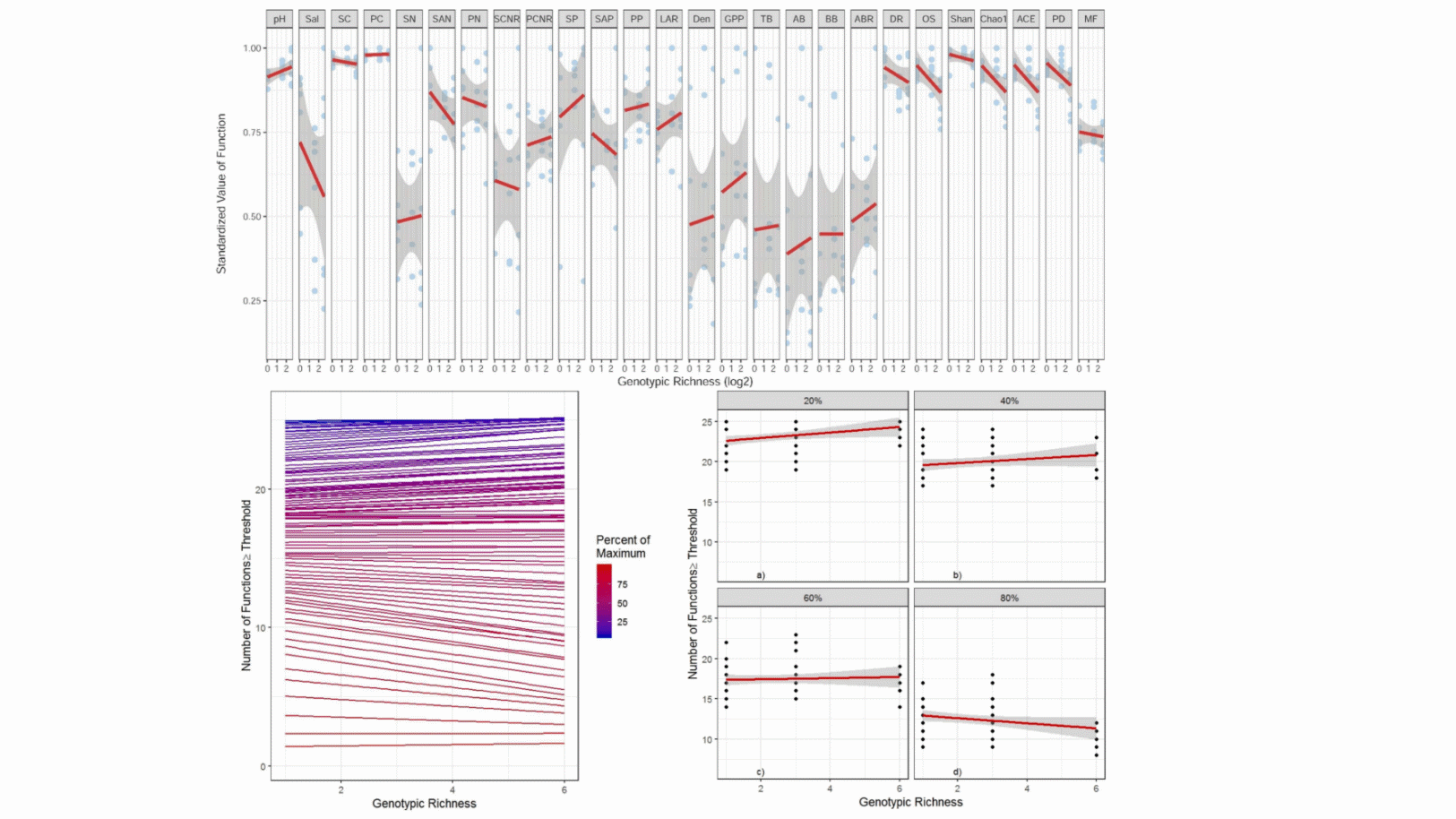2025-05-15 中国科学院(CAS)
<関連情報>
- https://english.cas.cn/newsroom/research_news/life/202505/t20250516_1043751.shtml
- https://www.pnas.org/doi/10.1073/pnas.2423840122
プロスタグランジンE2によるヒトプロスタグランジンE2受容体EP1サブタイプの活性化に関する構造的洞察 Structural insights into the activation of the human prostaglandin E2 receptor EP1 subtype by prostaglandin E2
Xue Meng, Yang Li, Jiuyin Xu, +4 , and Youwei Xu
Proceedings of the National Academy of Sciences Published:May 14, 2025
DOI:https://doi.org/10.1073/pnas.2423840122
Significance
EP1 is involved in various pathological processes but has been the most challenging EP receptor subtype to study structurally due to its inherent instability. This study presents the cryo-EM structure of the EP1 receptor in complex with PGE2 and Gq protein, completing the structural framework for the EP receptor family and filling a critical gap in our understanding of prostaglandin signaling. The unique binding and activation features of EP1 reveal distinct receptor–ligand interactions, providing valuable insights for the rational design of EP1-targeted therapeutics.
Abstract
Prostaglandin E2 (PGE2) mediates diverse physiological processes through four G protein–coupled receptor subtypes (EP1–EP4). While structures of EP2, EP3, and EP4 have been determined, the structural basis for PGE2 recognition and activation of the EP1 receptor subtype has remained elusive due to its inherent instability. Here, we present the cryoelectron microscopy structure of the human EP1 receptor in complex with PGE2 and heterotrimeric Gq protein at 2.55 Å resolution, completing the structural characterization of the EP receptor family. Our structure reveals a unique binding mode of PGE2 within EP1, involving key interactions with residues in the orthosteric pocket. Notably, we observe a less pronounced outward displacement of transmembrane helix 6 compared to other EP receptor subtypes, suggesting a distinct activation mechanism for EP1. Through extensive mutational analyses, we identify critical residues involved in PGE2 recognition, EP1 activation, and Gq protein coupling. By overcoming the challenges associated with the instability of EP1, our findings provide valuable insights into the subtype-specific activation mechanisms of EP receptors and lay the foundation for the development of more selective EP1-targeted therapeutics.



